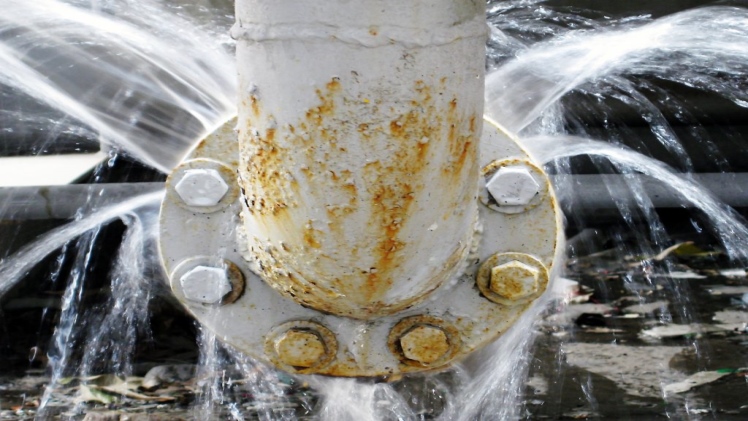Not only from nature’s aspect, but also in terms of commercial development, sustainable water management is playing a vital role. The world is facing a great scarcity of water and it is certainly one of the most valuable resources that are under increasing stress due to increased urbanization, ageing infrastructure and climate change.In these dire situations, sustainable water management proves to be a mandatory step as it not only protects the environment, but it also saves utilities and the money of their consumers. Achieving sustainable smart water networks Australia that can help in the proper water management should be the aspiration of every utility company.
Water lost is money lost
Non-revenue water, commonly known as NRW, can be explained as the difference between the amount of water supplied by a utility to the distribution system and the amount of water billed. NRW is certainly a waste of utility resources, and water losses caused by leakage is a waste of the scarce drinking water resources.
High levels of NRW exist in many towns, cities and countries across the world. Vast volumes of clean potable water is lost from our network due to items such as leakages, overflows, inaccurate water metering and burst pipelines.
This is certainly unsustainable and results in people suffering from scarcity of water and increased prices of water.
How to manage?
Efficient leakage management is never accomplished quickly. It is a gradual process and as all utility networks in the world are unique in their own way, the objectives to be selected usually depend on the ongoing situation and objectives in each individual utility. No matter how big your challenges are, water loss management Australia companies can help you.
Step-1 Develop an NRW master plan
The first step you should take is to analyse your water distribution mechanism and design an effective master plan for NRW reduction. Regularly performing a water audit with a breakdown of the International Water Association Water Loss Balance will help you quantify the various NRW elements to set up different activities and investments to decrease the water leakage levels.
You should always consider the complete cycle of water from the source to the consumption. Never focus only on the factors managed by the utility. Customer awareness also plays an important role and you must understand that every drop counts.
Step-2 Instrumentation and monitoring
Your master plan may have advised a requirement for investments in basic components like intelligent meters (flow, pressure, consumption) or information mechanisms like GIS, CIS (Customer Information System), and SCADA (Supervisory Control and Data Acquisition). Water utilities need to focus on these factors to better understand water losses and to effectively reduce water losses.
Step-3 Optimising pressure & leakage control
Automatic valves and pumps can be used to manage the water pressure. By pairing with hydraulic modeling, pressure management mechanisms can be designed to operate at the optimum point. The pressure is minimised continuously in the water network at the DMA-level (District Metering Area) while making sure that all customers have the minimum required pressure.
Most water networks require pressure management since it not only controls leakage from existing leaks but also reduces the frequency of bursts and helps management energy consumption while increasing lifetime of the pipes. In other words, pressure management can have an outsized impact on NRW reduction projects.
Step-4 Pipeline management and rehabilitation
Continuous management of the pipeline network is one of the most feasible ways to reduce leakage to a great extent. This needs preventive maintenance in addition to strategic rehabilitation. In order to identify the time and exact place to repair or renew, effective and databased asset management is a vital precondition to guarantee intelligent rehabilitation plans.
